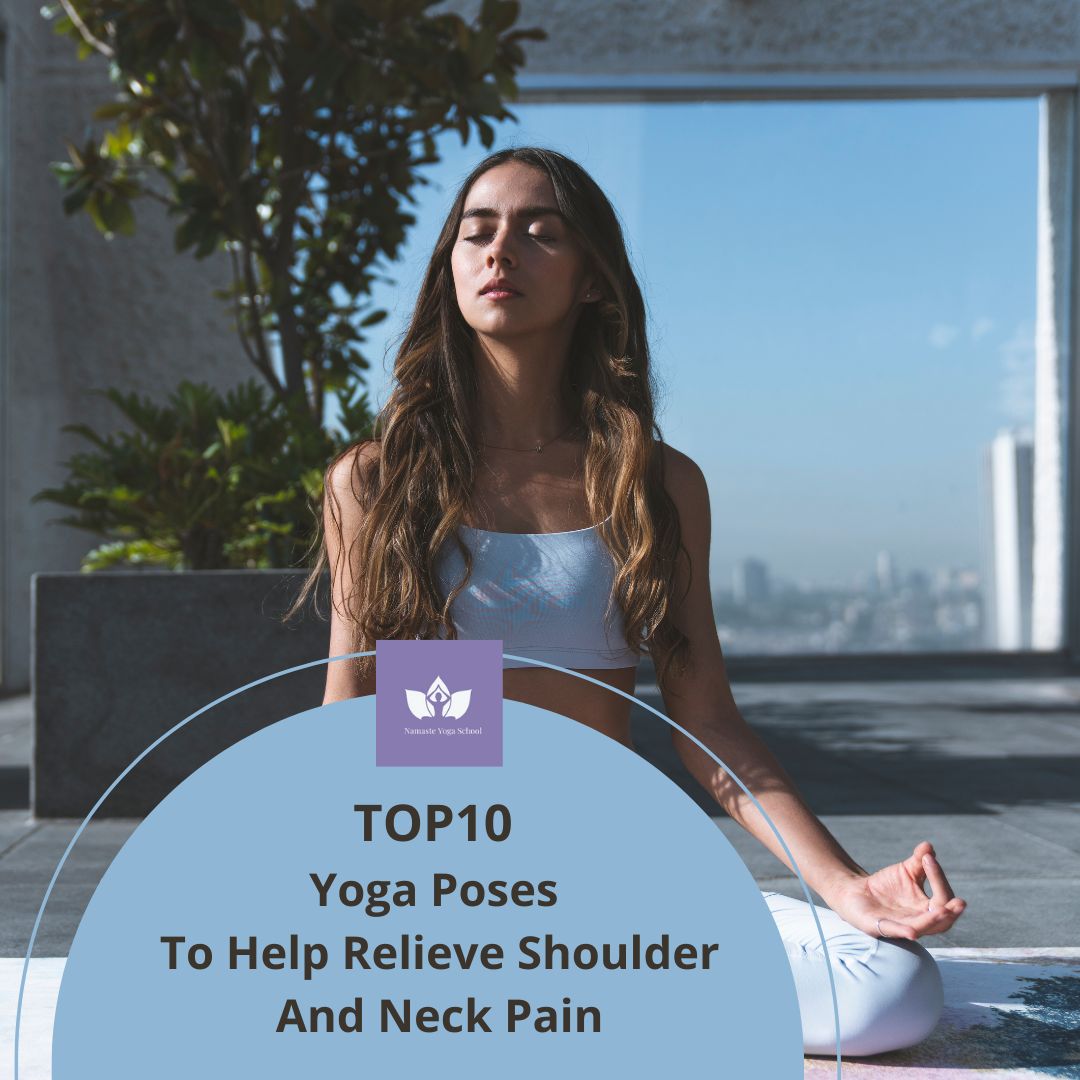You will come across a lot of people, who suffer from neck and shoulder pain today. It is the lifestyle factors and the postural mistakes, that are mainly behind neck and shoulder pain. Those of you who are athletes may face such injuries every now and then.
Reasons For Neck and Shoulder Pain
Here are a few reasons, why neck and shoulder pain occur.
- If you have ever received any sort of injury to soft tissues like muscles, tendons, and ligaments, then you must be suffering from stiffness, spasms, and headache. Sometimes, these can turn chronic.
- A Rotator Cuff tear is another reason, why you may feel pain in the above-mentioned areas. For the unversed, a rotator cuff is a group of tendons that joins the humerus and the shoulder blade. Repeated stress and injuries from falls, can lead to tears in the same as well. With age, blood supply often gets reduced and aging tissues do not get replaced that easily. These are the other reasons, why you may have a rotator cuff tear.
- Whiplash is another cause of acute discomfort in the neck and shoulders. If you put too much strain on your neck, you risk injuring the underlying muscles, tendons and tissues.
- Cervical Spondylitis leads to tears in the vertebral discs in the neck. It affects most people, who are above 60 years. As you become older, the discs often lose water and become stiff, and this leads to irritation of the lining and the proliferation of bone spurs.
- You may feel stiffness and neck pain, as a result of Cervical Spondylitis. The condition may get aggravated and you may also develop pinched nerves. The result is neck and shoulder pain.
These are just a few of the reasons, why you may feel neck and shoulder pain.
You will find yogic cures aplenty, You just need to find out, which one will address your problems.
Top 10 Yoga Poses For Neck and Shoulder Pain
- Seated Forward Bend or Paschimottasana: Subsequently, you have to raise the hands, and then bend your torso from the waist and touch the toes with the hands, or you can grasp the feet if possible. Stay in that position for some time, and then return to the original position.
- Cat-Cow Pose or Bitilasana Marjaryasana: It is another very easy pose, that has great benefits. You have to take the tabletop position in this asana. You have to support yourself on your palms and knees for the same. The neck, shoulders, chest, and spine, get a good stretch as a result of this asana.

- Fish Pose with Support or Matsyasana: It is one of the most innovative poses, that you will come across today. As opposed to the normal fish pose, where you support the entire weight on the crown of the head and the buttocks, here you have to place a block beneath the shoulders. The head also gets additional support, with another block. You do not need to fold your legs as in the original pose. Just keep them folded at the knees while keeping your hands by your sides.

- Warrior Pose or Virabhadra Asana: This is one of the best poses, which is focused on the chest and shoulders. You mainly have to take on a spread-out gait, to practice this asana. You will be able to open up the groin area, in this asana. It also helps you with balance.

- Standing Forward Bend or Uttanasana: This is a forward bending asana, in which you have to bend your torso, from the waist. Hold the feet for some time. The entire body gets a stretch in this pose. After holding the pose for some time, you can return to the standing position.

- Sphinx Pose or Shalambha Bhujangasana: This is a prone pose, in which you have to support the upper torso on your hands. This is a great pose for all those who have backaches. The backward bend is more beneficial, as the arching is less.

- Revolved Bound Angle Pose or Parivrtta Baddha Konasana: It is another variation of the Baddhakonasana or Butterfly pose. It is just the upper body twist, that makes it different. It is the twist that affects the shoulders and neck area. It also de-stresses the neck and shoulder region.
- Easy Pose Variation Side or Sukhasana Variation Side: It is a cross-legged stretching pose for beginners. When you extend the arms as a part of the pose, it helps to open up the shoulders and neck muscles. It is a restorative pose, that also strengthens and de-stresses the stiffness in the back and the neck region..

- Seated Shoulder Rolls: You can try this while being seated in Siddhasan. It is a typical warmup, which releases and opens up the shoulder muscles before any tough pose. It also helps to release stiffness in the neck, shoulders, and back.

- Seated Neck Rolls: If you have a stiff neck, you should do this asana or pose in a seated pose. It is a beginner-level pose that helps to open the neck muscles and prepares the body for more strenuous poses. It is best done a few times clockwise and then anti-clockwise in the opposite direction.

Now you can learn and master such poses at Namaste Yoga School. Get the best benefits from the yogic discipline at the hands of learned masters.







